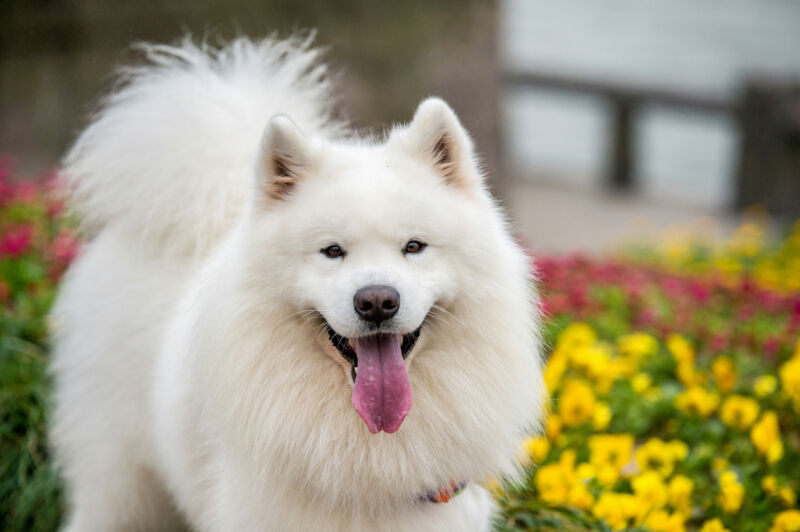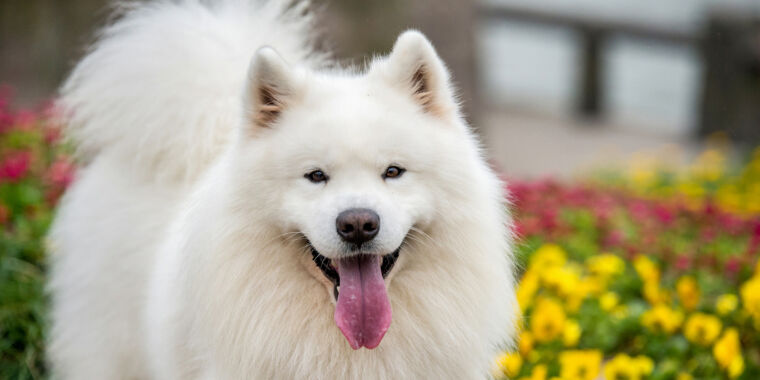
Many dog breeds are purely about appearance—think poodles and the Pekingese. But plenty of other breeds are devoted to specific tasks, like racing greyhounds. For many of these tasks, physical appearance isn’t enough: behavior also matters. Things like herding by sheepdog breeds or fetching by various retrievers.
It’s not surprising that many people ascribe these behaviors—and a wide variety of other, less useful ones—to their dog’s breed and its underlying genetics. Now, a large team of US-based researchers has looked into whether this belief is accurate. And, with a few exceptions, they find that it’s not. With a huge panel of volunteer dog owners, they show that the genetics of dog behavior is built from lots of small, weak influences, and every breed seems to have some members that just don’t behave as we expect.
Dogs, meet Darwin
The work is based on a citizen science project called Darwin’s Ark. Participants were asked to give details about their dog, including whether it belonged to an established breed (either certified or inferred). They were also asked to fill out short surveys that collectively asked about 117 different behaviors. Overall, they obtained data on some 18,000 dogs, about half of them from purebreds.
This information was combined with genetic data, including previously published genome sequences from more than 500 purebred dogs. The researchers of the new study added to the previous data by getting complete genome sequences for 27 mixed-breed dogs, collectively termed “Mendel’s mutts.” Less thorough genome sequencing was also done on 2,000 additional dogs with owners who filled out the behavioral surveys.
The genetic work showed that, as expected, individual breeds are mostly inbred (the significant exceptions were Tibetan mastiffs, which are distantly related to most modern dog breeds, and left out of these analyses). Despite the inbreeding, however, there was little in the way of genetic variants that are exclusive to a single breed. Out of nearly 17,000 individual variants tested, only 332 were found only in one breed.
The team found that owners generally knew what their dog’s breed was (unless it was a mutt). About 90 percent of the dogs certified as belonging to a breed appeared to share 85 percent or more of their DNA with purebred members of that breed. For dogs without certified breeding, this dropped to about 60 percent.
Using this data, the researchers confirmed previously published work showing that many physical traits, like leg length and coat properties, had a clear genetic component.
Behave!
The researchers looked at the genetics of behavior in two different ways. One was to look at the answers to the individual survey questions and determine if they were associated with any genetic variants. This method had the amusing result that the individual behavior with the strongest genetic association was “gets stuck behind objects,” which they narrowed down to a small region that contains a gene associated with cognitive capacity in humans. Howling ended up in a region near a gene involved in human language.
They also clustered the survey questions into groups representing general behavioral tendencies, like the willingness and capacity to follow human instructions, sociability toward other dogs, and desire for human contact. Many of these had a significant genetic component, responsible for 25 percent or more of the differences in behavior for human sociability, toy-directed behavior, and ability and interest to respond to commands. But the effects were generally pretty weak, with mutts only showing about 9 percent of their behavioral tendencies that could be explained by genetic factors.
To determine whether any of these behaviors were connected to specific breeds, the researchers compared the breed/behavior linkage of members of a breed to the same linkage in dogs randomly selected from the entire population. In general, there was not a lot there. Only 5 percent of the breed-behavior combinations were significantly linked, compared to about 40 percent for breed-appearance linkages.
There are a few clear connections, such as border collies (a herding dog) being generally good about following human commands. The problem seems to be that there are exceptions for every behavior. Ninety percent of greyhounds, for example, don’t seem to bury their toys, but three of them frequently did. So, even if a trait does tend to be strongly associated with a specific breed, the breed hasn’t been bred for it long enough to fix that behavior completely.








